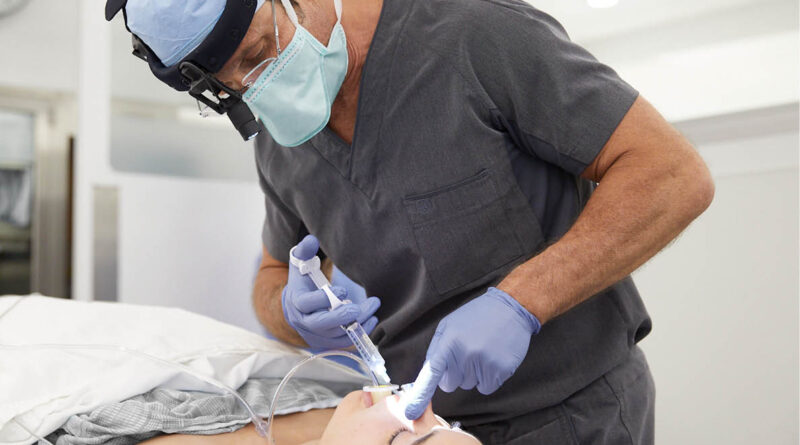A rhinoplasty is a surgical procedure that involves rebuilding cartilage, bone, skin, and blood vessels at the nose. These procedures typically focus on improving nasal appearance and function in patients suffering from aesthetic problems such as deviated septum disorder, nasal deformity, or obstructive sleep apnea. It also helps to improve nasal breathing and loudness in patients with severe snoring and the perception that the nose is too small or has more bone than is necessary.
5 Reasons Why People Undergo Rhinoplasty
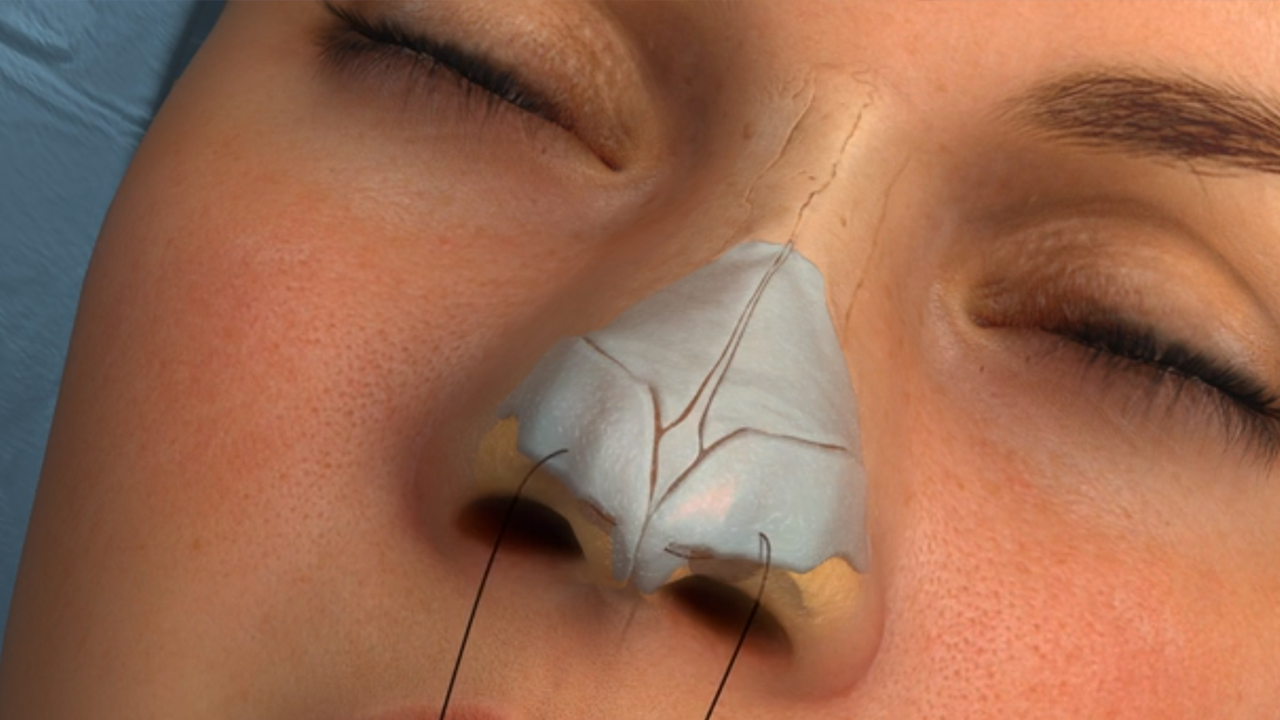
source: pinterest.com
Improving the nose’s appearance in people unhappy with their current appearance. Rhinoplasty is a procedure that gives patients the confidence to look at themselves in the mirror and not feel self-conscious.
Improving nasal breathing in those with excessive nasal obstruction caused by a deviated septum or nose deformity. With medical intervention, people can start breathing through their nose again and feel more comfortable sleeping at night, a common complaint among patients who undergo surgery for sleep apnea.
Restoration of a natural-looking nose by correcting the underlying cartilage and bone issues. Patients who have lost the structural support of their noses can now have their noses look more natural.
Correction of nasal breathing in those with snoring, which is a common complaint among patients who undergo surgery for sleep apnea. Snoring is often caused by a nasal obstruction that prevents air from moving through the nose, and correcting that problem often gets rid of snoring.
To improve facial contour for patients with the perception that their noses are too small, have more bone than is needed, or are severely deviated. By correcting these problems, a patient can have a nose without looking unnatural.
Side Effects of Rhinoplasty
Scarring. Surgical techniques used to correct nasal deformity often result in scarring. The scar tissue will contract over time and harden the same way an elastic band would tighten. As a result, the nose often becomes smaller and more aligned with the face after surgery.
How to Reduce Scarring After a Rhinoplasty
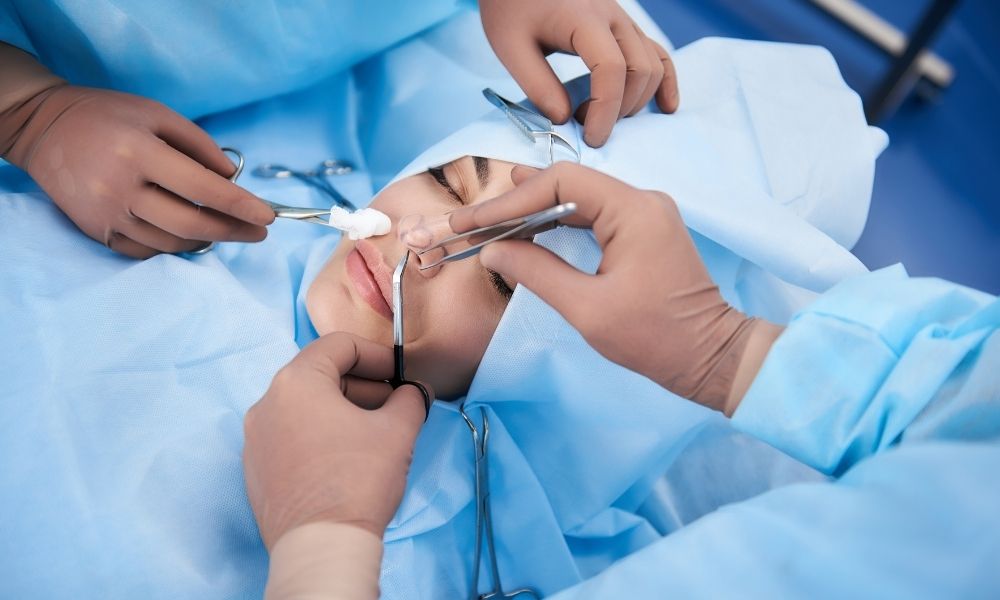
source: aentassociates.com
-One of the most critical steps to reducing scarring is to avoid damage to the nasal lining during surgery. The skin of the nose must be kept clean and undamaged by using saline irrigation to irrigate saline solution through the nose before every procedure.
– Patients should also avoid rubbing, washing, or blowing their noses for at least 30 days after rhinoplasty, as this can cause bleeding in the tissue underneath the nose.
– Patients should also avoid touching the nose before and after surgery. It can cause tearing under the skin, which can lead to scarring.
-Patients should also be encouraged to rest the area under their noses for at least three days after surgery.
– Patients should also avoid washing their hair or blow-drying their hair immediately before and after surgery.
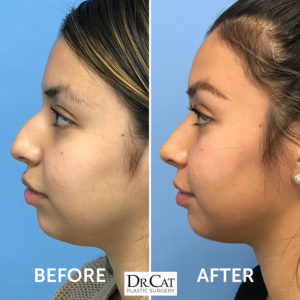
source: Dr. Cat Plastic Surgery
Swelling or bruising on the inside of the nose or visible blood vessels changing color, especially after cold weather. It usually involves insufficient anesthesia, where changes in blood flow from regular to increased are attributed to low levels of anesthesia. As a result, doctors are encouraged to put more anesthesia on the nose and ensure that the patient has no feeling under the area they are working.
Irritating parts of the nose like the inside of the nostrils or the septum may cause patients to avoid using their nose for several days after surgery. Doctors are encouraged to use mild anesthetic and sedatives on these areas before touching them during surgery to prevent this from occurring.
Nosebleeds that last longer than 24 hours after surgery. As a result, doctors are encouraged to take immediate care of patients who develop nosebleeds after rhinoplasty.
Nasal congestion or discharge during the first few days after surgery is due to the scar tissue found within the nose rubbing against the nose’s interior lining.
Benefits of Rhinoplasty
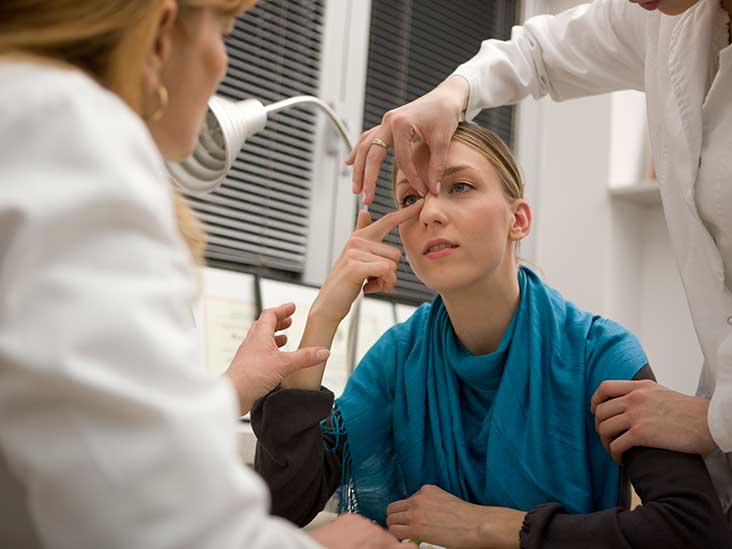
source: healthline.com
Better and improved sense of smell after rhinoplasty– Rhinoplasty helps to improve olfaction or smell in individuals who suffer from breathing and nasal issues by ensuring that the nasal passages are open and functioning as they should
Philosophy of nasal surgery- nose surgery isn’t just about making a person’s nose look better. It is about enhancing the person’s overall quality of life. People do not need to fear looking funny because rhinoplasty is a cosmetic procedure. Still, it also improves an individual’s ability to breathe and improves their ability to smell.
Improves breathing in patients suffering from excessive nasal obstruction caused by a deviated septum or another nose deformity. With medical intervention, people can start living through their nose again and feel more comfortable sleeping at night, a common complaint among patients who undergo surgery for sleep apnea.
To restore a natural nose by correcting the underlying cartilage and bone issues. Patients who have lost the structural support of their noses can now have their noses look more natural.
To correct nasal breathing in those with snoring, which is a common complaint among patients who undergo surgery for sleep apnea. Snoring is often caused by a nasal obstruction that prevents air from moving through the nose, and correcting that problem often gets rid of snoring
To improve facial contour for patients with the perception that their noses are too small, have more bone than is needed, or are severely deviated. By correcting these problems, a patient can have a nose without looking unnatural.
Conclusion
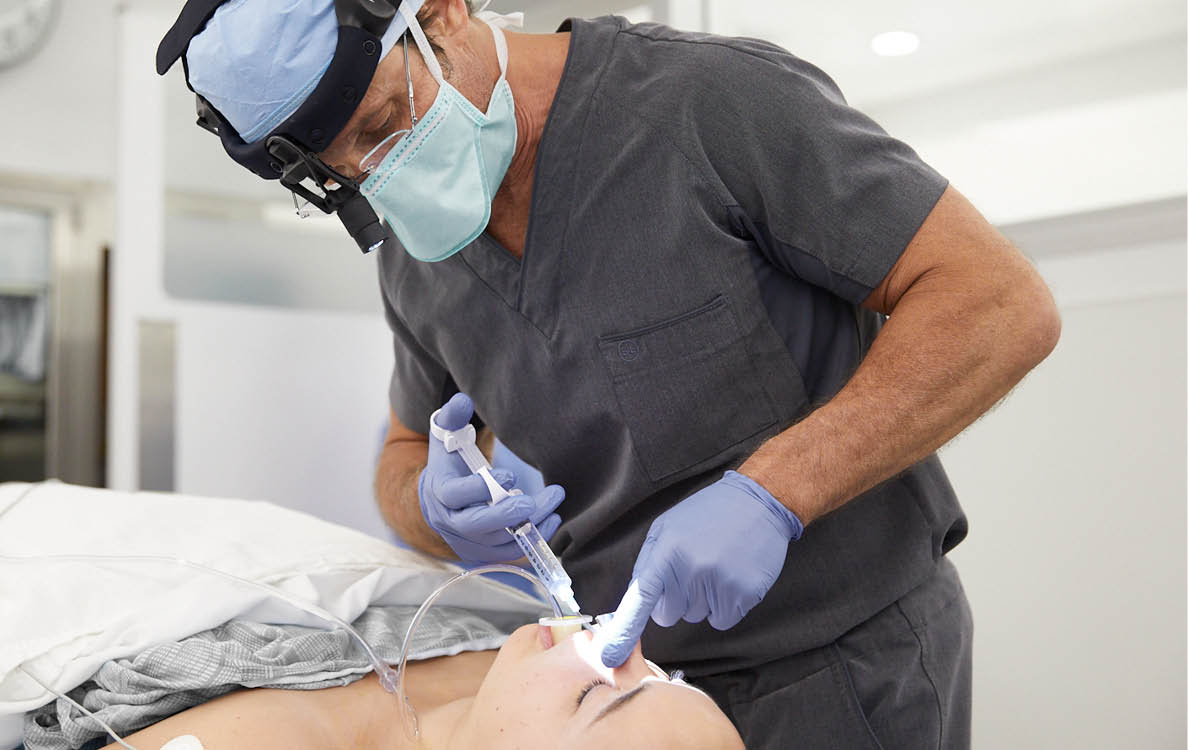
source: drandrewfrankel.com
In conclusion, rhinoplasty is a standard procedure that improves the health of the nose. Patients need to know all their options before deciding on surgical treatment for their breathing problems. Patients who are considering having rhinoplasty should discuss their concerns with their doctor to find out what type of surgery will be best for them.

